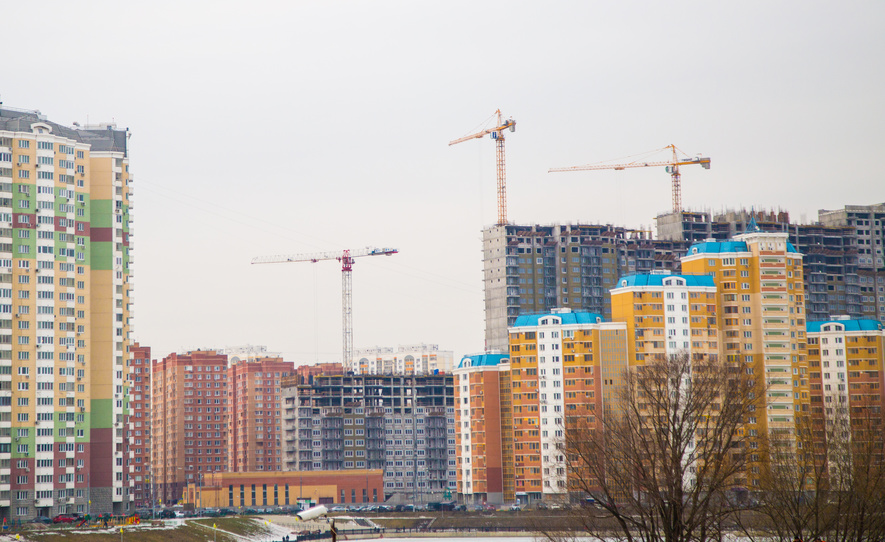How To Improve Your Environmental Evaluations
harkins

Environmental evaluation can be challenging considering the intangible aspects involved. When you’re dealing with a smaller property, it’s easier to determine how upgrades and renovations can increase its value and attractiveness. Larger projects that will impact more than a few tenants require even more planning.
The process of environmental evaluation could mean the difference between approval of your project in your desired location or the government putting it to a halt. The process aims to determine the value of elements in the location that will either affect people who lose it or affect those who were drawn to the area because of it.
Once you have a good understanding of environmental valuation, it can work for you in a few ways. Both can increase the value of your property based on fulfilling a want or need of the majority in the area. First, you can use the location to your advantage to help increase the value of your property. You can also use the type of project you’re working on for the area to fill a void for a service citizens in the area are lacking. In any case, you want to show that your addition to the area is beneficial for the current conditions and city residents. Your project should have a positive outlook that improves the environment, not takes away from it. When working on improving your environmental evaluations, you should take the following measures.
Do your homework
Like with any project, the first steps are researching and planning. You need to have a good idea about the area you’re dealing with, the residents and what certain aspects of the location mean to them. Gathering this information may require multiple forms of research. Don’t wait until time for the evaluation to learn about needs and wants of residents.
Conduct your own survey to find out what residents like, enjoy, and want. Find out more about the area and what your project would mean to them. If the project involves housing, find out if there is a need for it in the area. Know the history of the area and certain habitats that have been around. Is there a nature park, a lake, or historic building nearby? Would your project remove or alter any of these benefits? How would the residents feel about the changes? Is there a need or desire from the public in that area for the project you’re planning? These are things you’ll want to know about the area before building there.
Be considerate of the people your business affects
People and the natural habitat play vital roles in your environmental valuation. Therefore, you should try to make sure there is a good reason for disrupting the area with your project. It could be as simple as a tree recognized as a historic landmark or more detailed like a natural resource. Construction could also force residents to move from their neighborhoods. People in the area will have a chance to voice their opinions if they’re concerned about the effects of your project. You should make sure you’re able to explain how the benefits will outweigh what they see as damage.
Make sure your project improves the location
While making sure your business is profitable by taking advantage of the natural surroundings, you should also aim to satisfy the community. For instance, a city without a shopping center in the area may appreciate seeing that as a new project. An area with insufficient housing may be happy to have a new apartment building nearby. Those who expect many tourists in their area may find it beneficial to have an adequate number of hotels.
Use the natural environment to your advantage
Just like renovations add value to property, a surrounding area that people find attractive increases the environmental value. A waterfront property or location with a scenic view could mean an increase in your revenue. Part of your research should be asking potential customers if they would be willing to pay more for the added advantage.
Though the government uses environmental evaluation to determine how extensive the gain or loss will be, you should use it as a tool. Use good judgment to provide favorable conditions before presenting the project. Do your research, gain an understanding of people’s desires, and take advantage of the natural habitat to improve your environmental evaluation.
« Previous Next »
 Harkins Commercial, Incorporated opened its doors in 1978. Originally conceived as an in-house real estate service for custom home clients of Harkins Development Corporation, Harkins Realty, Inc has today evolved into a comprehensive commercial real estate firm that offers a full range of business-oriented services.
Harkins Commercial, Incorporated opened its doors in 1978. Originally conceived as an in-house real estate service for custom home clients of Harkins Development Corporation, Harkins Realty, Inc has today evolved into a comprehensive commercial real estate firm that offers a full range of business-oriented services.